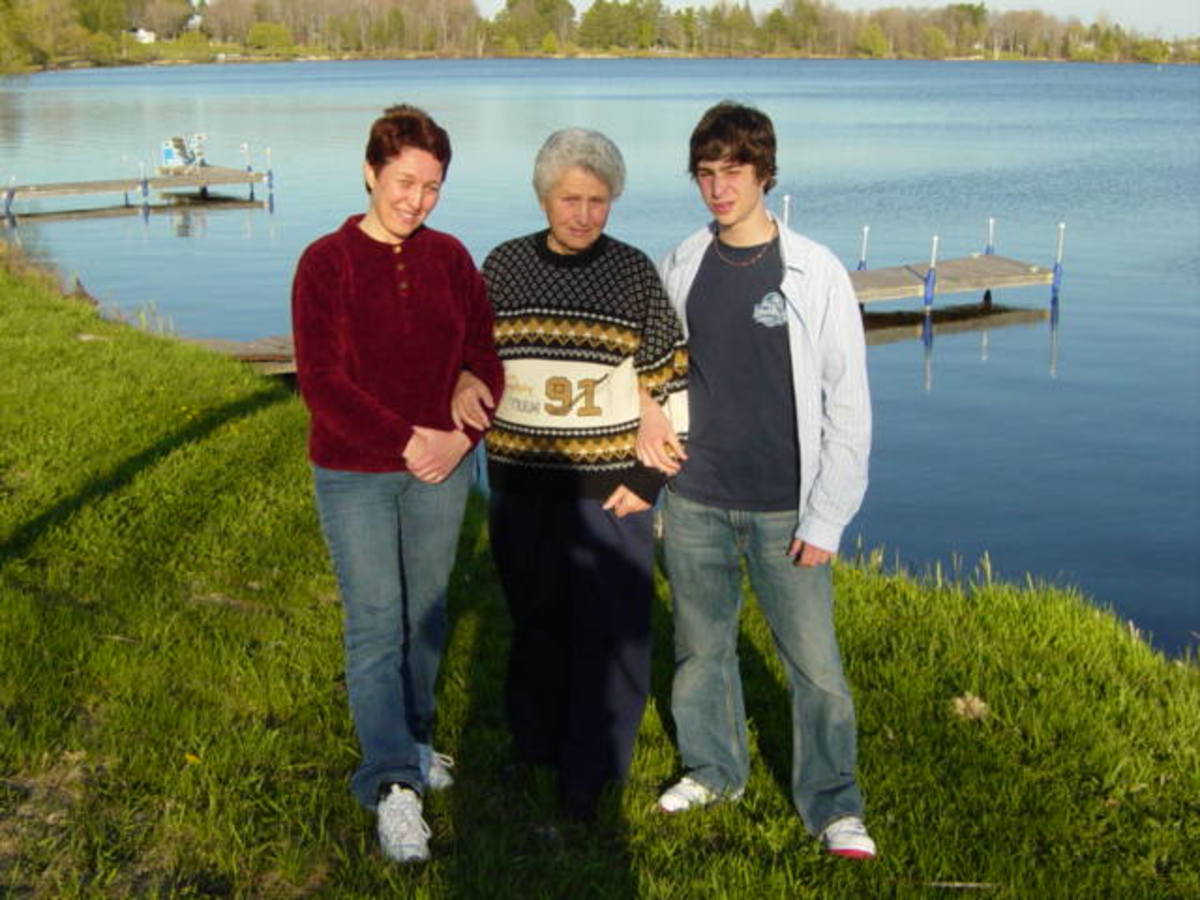Teen Talk: The Teen Collective, Part One
Teen Talk - Live
Chris is taking “Teen Talk” on the road. If you are a member of a parent group or responsible for finding engaging speakers for student or youth groups, please contact Chris at www.chrislincoln-speaker.com

The Teen Collective
When teens gather, anthropologically and sociologically speaking, they become very interesting. There is a group dynamic that is somehow comforting for the teen and often puzzling, if not intimidating, for the adult onlooker.
Most teens enjoy the company of like-minded individuals, but not all. Some teens avoid the collective when they can, either positively, by preferring their own company, or the company of another age group. Or negatively, feeling they are ostracized and do not belong. Being able to spot the difference is very important.
I would estimate that some 90 percent of teens spend most of their time engaged in the collective. The remaining ten percent are split into two distinct and polar opposite groups. There are some, rare mind you, teens who love being with significantly younger or older people than their peer group, by choice. Not by default, not because they do not feel like they belong with their peers, but because they made a considered decision.
A larger number interact with non-peers because is it either a safe haven, or an alternative to being ostracized. They see themselves as misfits, or outsiders, and are looking for approval and inclusion. Most of the time this is not an issue, and it can help develop a better self-image if they are successful with their chosen group.
However not relating to ones peers can be problematical. Teen world is very closed and exclusive to very specific age groups, but it is also the place where social interaction and social development is practiced. It is not something that can effectively be sidestepped or ignored, as it fosters almost permanent social exclusion later on.
For years I watched the collective in action as an outsider (teacher and parent) with very poor recall of my own experiences of that time. I would try to manage it in my classroom so that it did not derail my objectives, but it was as a principal that I recognized what a big deal it was for the students.
My involvement was usually of two types. The first, dealing with the interpersonal relationships of the girls, was like a black hole. It sucked in time and emotion and never gave anything back. I would do the male thing, trying to draw a line under the present incident and find a way to move on. It failed because I believe that only works for those who think episodically, or in discrete events, i.e. men.
For the girls, no event was independent, there was a before, there is now, and there will be an after. This historical or histo-linear way of thinking, more typical of women and girls, requires an entirely different mindset. A holistic solution, as it were, rather than specific solutions.
I learned to adjust my role to mentoring and guiding, trying to steer all the participants in a mutually agreed upon, positive direction. I never felt like I actually succeeded, but former students say that in fact, I did. I call it being the sheepdog, rounding up the skittish and unsure individuals and moving them towards the pen, without frightening or scattering them. Delicate work, and not for the faint of heart!
My other involvement was with the boys and split into two distinct categories. Discipline and counseling. And never mix the two!
Discipline with boys was easy for the most part. They would start off lying or minimizing their role in whatever idiocy they had tumbled into. Eventually a truth that had a fair resemblance to reality would out, the boys would recognize their error, and then dutifully handle any sanctions. There were only minor dramas, and only the specific acts of stupidity changed.
The counseling component was more complex and much more subtle. I would find boys (and a select few girls) with a pattern of behavior that constantly bought them to my attention. The events in and of themselves were almost matterless, because the important component was hidden. In fact, there was always an underlying cause. Often these boys had a very messed up sense of self worth. They either felt very inferior or superior, either way; they did not feel like they fit in with the peer group. Sometimes the collective rejected them, but more often than not, they were the ones who rejected the collective. This was a particular issue with highly intelligent boys, who found the general stupidity and immaturity of their peers intolerable.
It was in looking into this phenomenon that I recognized the power of the teen collective. It has been called peer-pressure, but it is so much more than that. The collective determines common speech, what is in or out, who is cool or not, all fashion choices, all media choices (music, TV, movies, texting format, tweeting, skyping, etc) and all without a physical manual.
One year I had a group who could not stop emailing pictures of their open mouths to each other, another year every sentence was peppered with "frigging", another year they all called each other zoobs. Saggy pants were replaced by skinny jeans almost overnight and somehow the collective knew.
Each individual year-group seemed to have identifiable attributes that they all knew and practiced, and woe betide any unfortunate outsider who tried to copy their tribal rules and rituals. Adults do this too; witness hazing or the inclusion rituals of Masons or Elks, but at no point in our lives is it as intense as in those middle school years. (The military may disagree.)
These unwritten “rules”, the expectational norms of the peer group are very powerful. They drive decision-making at a very fundamental level, and if competing with your personal, or family, rules and expectations, will most likely trump them in the mind of the teen.
In a way that is very real to the teen, individual will is given over to the collective. The adult fear here is that the collective makes bad choices, even dangerous choices.
In my experience, that is, thankfully, rare. I have found that with careful monitoring and some subtle nudges the collective can be steered away from the ever-present brink.
To be continued…








